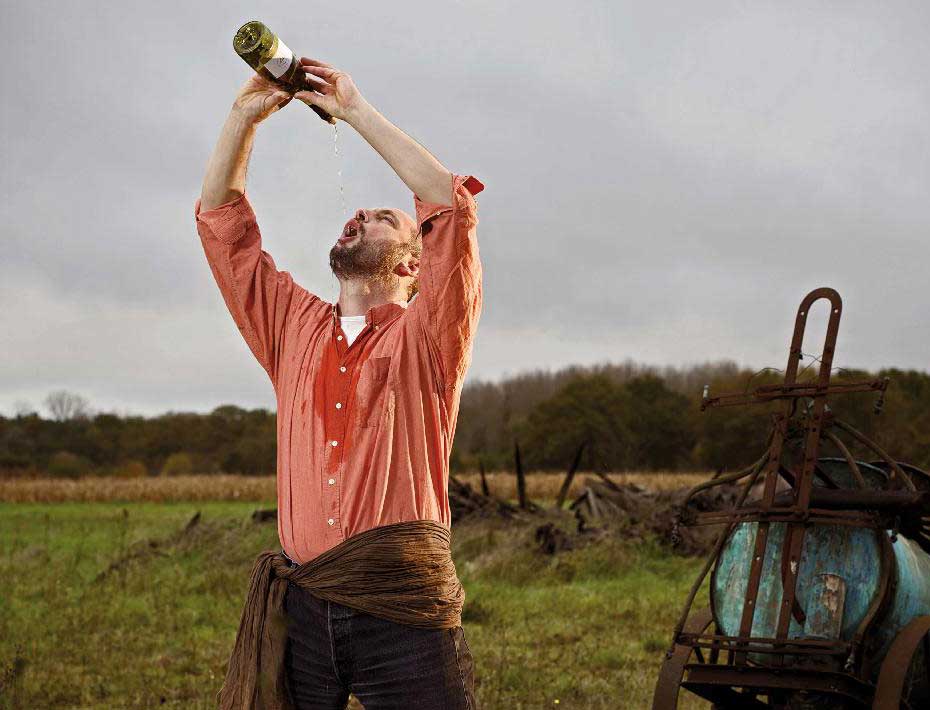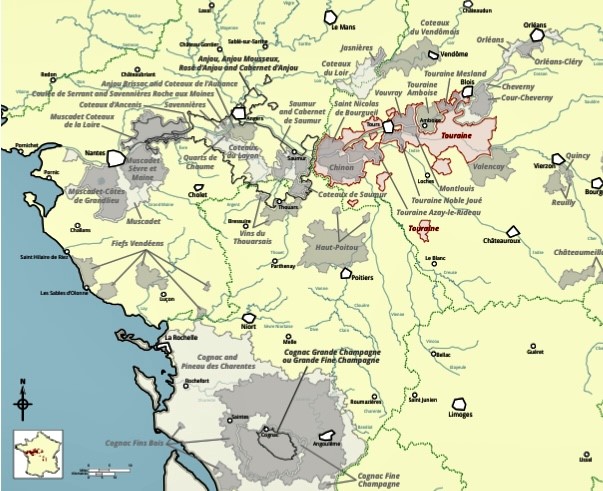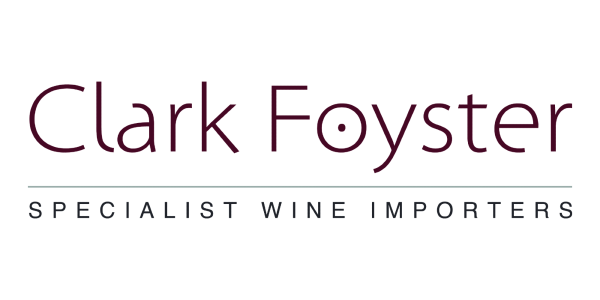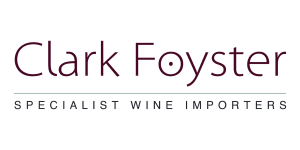The Lionel Gosseaume, Domaine de Pierre Story

Lionel Gosseaume officially founded this estate only in 2007, though has followed long-established family footeps in wine. The estate is named after his father, Pierre. He cultivates 36 hectares of which the majority is Sauvignon Blanc, though there are a few hectares of old vine Gamay which he uses for his very good interesting and complex red. The vineyard also includes some of the classic grapes of the region: Cot, Pinot d’Aunis and the Cabernets – Franc and Sauvignon, which are used for a very pale, aromatic dry ros. The vineyards are located between the Loire and Cher rivers, mostly in the Choussy commune, a few miles south of Blois. It’s at the heart of the Sauvignon de Touraine region . Approximately 15 of the hectares planted with Sauvignon are located in Oisly (pronounced “wally”!). This area, with its deep water-retaining clay, topped with Sable de Sologne (local sand) is one of the best terroirs in the region for Sauvignon. In fact, Lionel claims that the first origins of Sauvignon in the Loire are traceable back to a wild climbing vine in Oisly in the early 20th Century.
Lionel’s Sauvignon on our list began life as ‘Les Demoiselles’. Two little birdies on the very home-made label reminded us of our daughters. We used to say that we blended it ourselves – which was truthful – until we met Lionel. Now we leave it all to him. We have also finally conceded that one of his own labels is a lot better than ours. So from the 2019 vintage, the wine has the name of his Domaine de Pierre. It’s unoaked – obviously – but shows all the flavours and structures of the Sauvignon in its home location. 2019 is a really nice vintage; there’s more acidity and freshness than in the other recent hot vintage, 2018, and the wines are completely dry (only 2 g/l residual sugar).
For the first time this year, we have bought a little of Lionel’s red: old vine Gamay, and his pale, aromatic dry rosé.
Domaine de Pierre Wines
The estate owns about 10 hectares of different red grapes, but Sauvignon makes up the majority of the plantings: 25 hectares. The deep clay soil retains moisture, crucial for an aromatic variety like Sauvignon. In recent hot and dry years, like 2018, the vines at no stage suffered from hydric stress. The top soil of sand drains well, and warms quickly with spring sunlight, so the growing season for Sauvignon is longer here, crucial for the development of complex and subtle flavours. The grapes are machine-harvested, so destemmed immediately, and then crushed and held at 2 Celsius for three to five weeks. During this time the juice is regularly stirred to keep the flavour and texture-enhancing lees in contact with all the must. The lees at this stage look like a sludgy mud. After this tie, the juice is then clarified, brought up to 16 Celsius where fermentation begins. Temperature then rises slowly to around 19 C, and fermentation concludes at around 21C. The wine is bottled in January/February.
Rosé comes from Pinot d’Aunis, Cot (=Malbec) Cabernet Franc and Cabernet Sauvignon. The grapes are harvested fully ripe at the end of harvest, pressed immediately to preserve the fairly light colour and fermented cool. Bottling in February.
Gamay is late harvested from the oldest vines of the estate 40 – 60 years old. 95% of the blend is made up of Gamay, but the remainder comes from the pressings of the rose components which are blended into the red . The wine has a “carbonic maceration” (Beaujolais style) for 15 days. This means that the whole bunches of grapes are put into the tank, with the berries unbroken. After 15 days, the grapes are pressed, the fermentation concludes in a few days, and the wine is then stored in tank until bottling in summer.
White
| Description | Tech Sheet |
|---|---|
| Touraine Sauvignon Blanc, Domaine de Pierre |
Rosé
| Description | Tech Sheet |
|---|---|
| Touraine Rosé, Domaine de Pierre |
Red
| Description | Tech Sheet |
|---|---|
| Touraine Gamay, Domaine de Pierre |
Map



